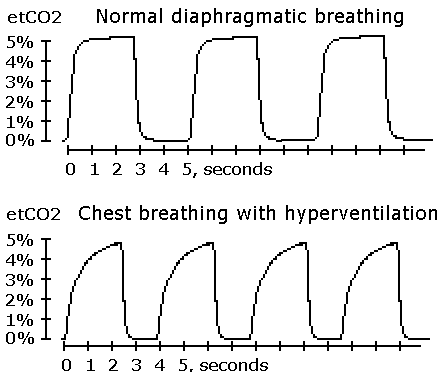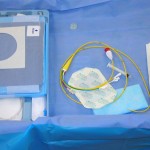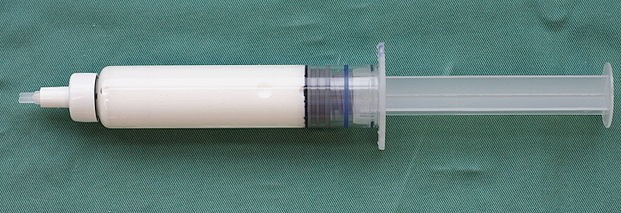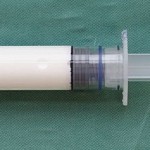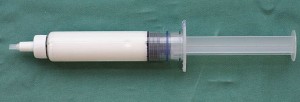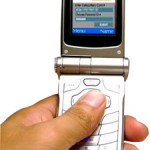 Across the Nation, Chief CRNAs are probably among the most under utilized group of talented health care providers. In addition to developing the work schedule and assuring that providers are present to support the posted schedule, Chief CRNAs know the strengths and weaknesses of the staff members and are in a unique position to guide the work flow to optimize patient care.
Across the Nation, Chief CRNAs are probably among the most under utilized group of talented health care providers. In addition to developing the work schedule and assuring that providers are present to support the posted schedule, Chief CRNAs know the strengths and weaknesses of the staff members and are in a unique position to guide the work flow to optimize patient care.
An original article Written by Sabrina Rodak details why Anesthesia providers are well positioned to guide the work flow in the operating room. Click here to read the original article.
Three experts on anesthesia services explain why anesthesia providers are best positioned to lead the operating room of a hospital.
1. “The perioperative leader should be an excellent communicator with a deep knowledge of OR management in order to successfully make the necessary changes required in carrying out the hospital’s overall goals. As anesthesiologists are present in the OR every single day, it is important that the anesthesia chair takes on this role to promote consistency across the board through this time of change,” says Leo Penzi, MD, executive vice chair of the department of anesthesia at North Shore University Hospital in Manhasset, N.Y., a member of the board of directors of North American Partners in Anesthesia and assistant professor in the department of anesthesiology at Hofstra North Shore-Long Island Jewish School of Medicine.
2. In a case study presented by Surgical Directions, a hospital recruited anesthesia providers to drive perioperative performance by granting them leadership positions and aligning incentives. The anesthesiologists received financial rewards for increasing patient volume and a stipend for fulfilling certain service standards, including increasing the availability of regional blocks, accommodating add-ons and participating in the OR’s daily huddle, a process in which the OR team discusses issues from recent cases and prepares for the next day’s schedule. Anesthesia leadership was an important element of the hospital’s success in perioperative services.
3. Proper anesthesia leadership in the OR is a key element of integrated delivery of care. Robert Stiefel, MD, a principal with Enhance Healthcare, defines this as “healthcare professionals and supporting facilities working towards one goal: optimized patient care that is more efficient and cost effective.” Integrated care in the OR depends on the coordination of hospital administration, OR staff, surgeons and anesthesiologists. Anesthesia providers’ involvement in all aspects of the OR makes them prime candidates to oversee this coordination. “Anesthesia providers are the most consistent component of the entire perioperative experience,” Dr. Stiefel says.







